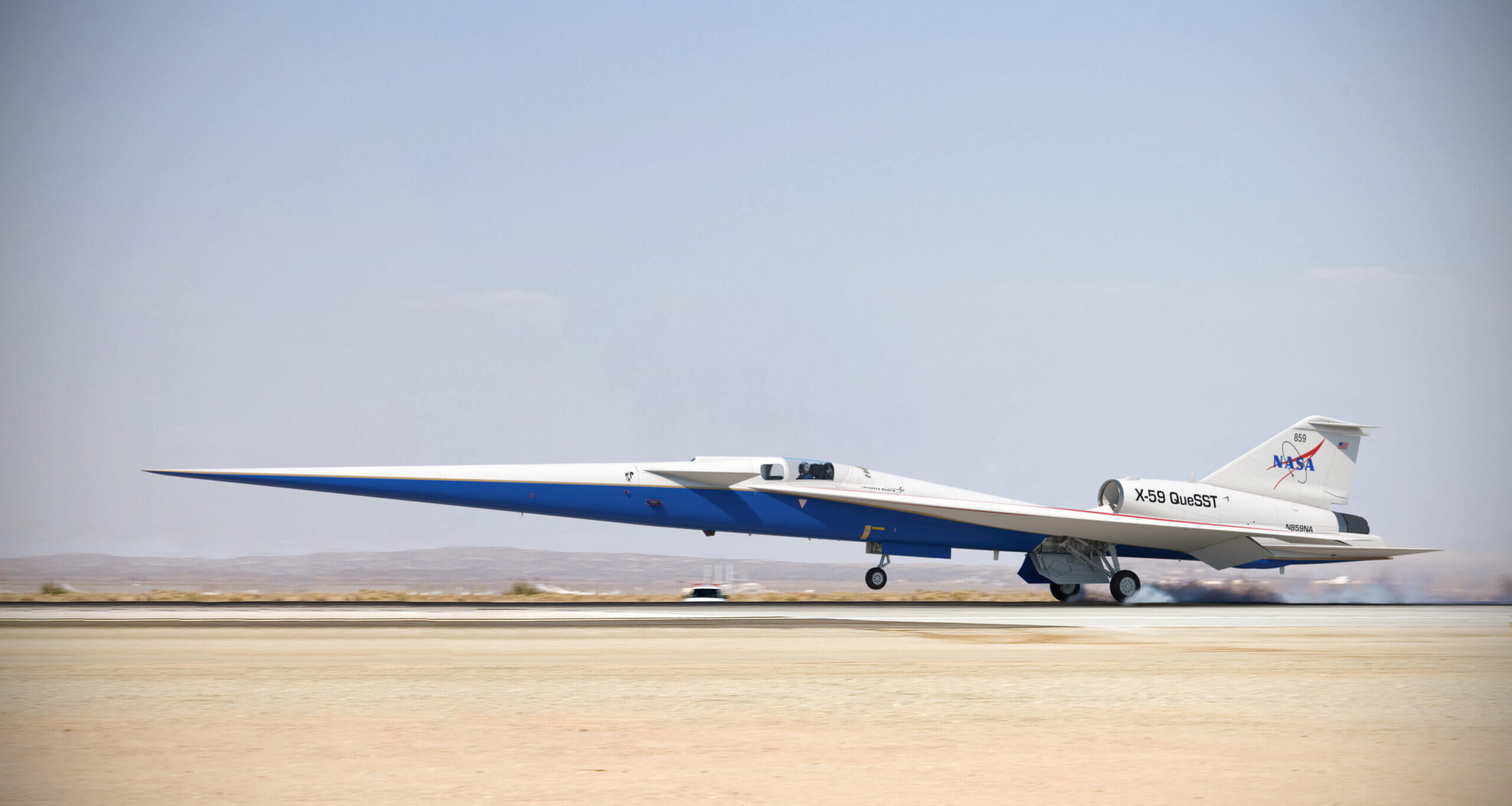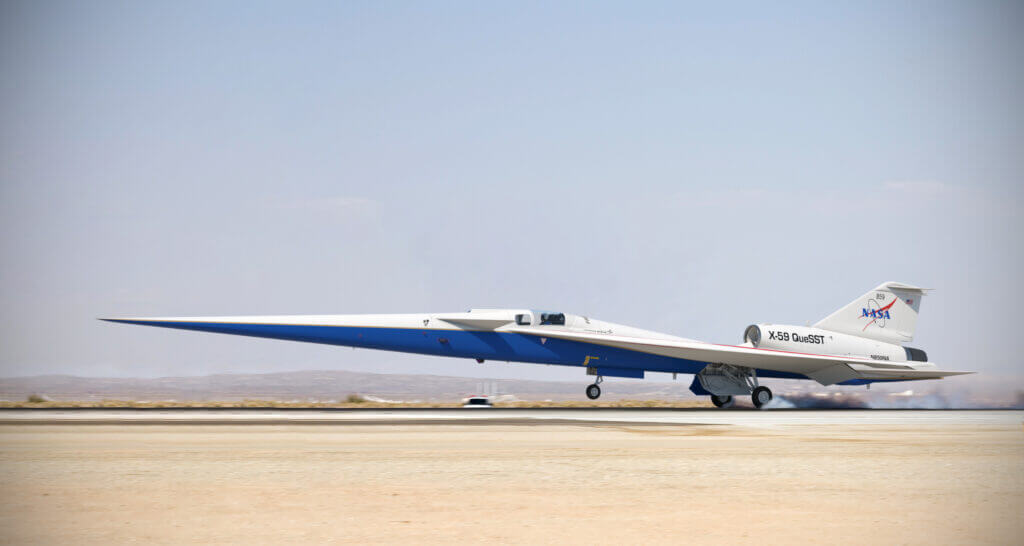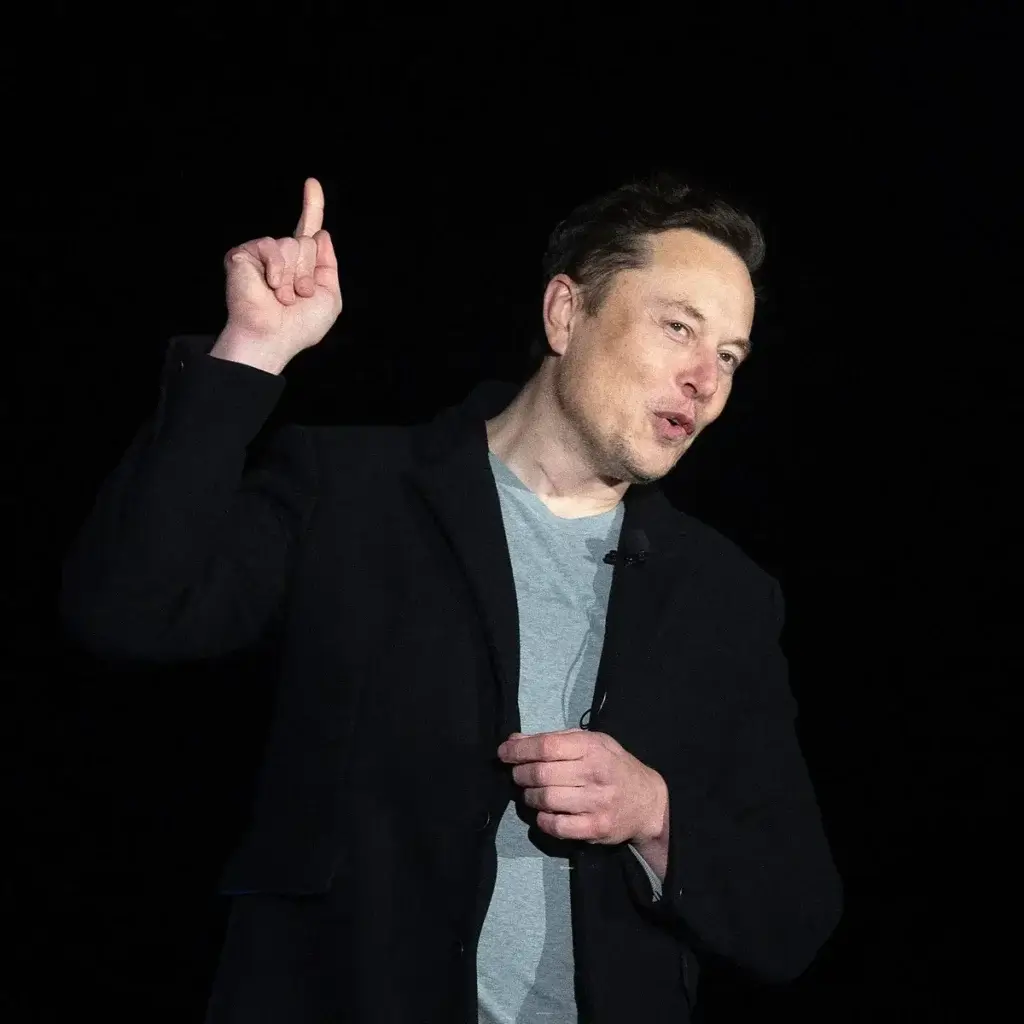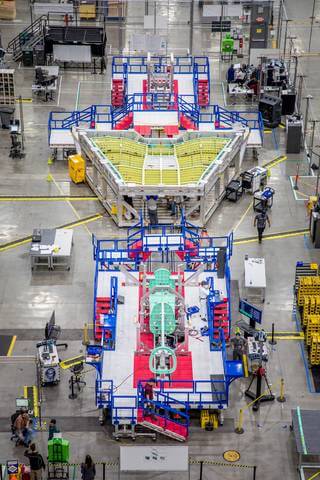
AA-1 Arrival at Edwards AFB, Ca.
World’s Fastest Supersonic Plane, NASA’s X-59

The pursuit of faster and more efficient air travel has been a long-standing goal of the aviation industry. As countries vie for supremacy in the world of aviation, space agencies and private enterprise are investing significant resources in developing the next generation of supersonic aircraft. One such groundbreaking project is NASA’s X-59, a supersonic aircraft believed to be the fastest aircraft in the world. This revolutionary aircraft, also known as the “Son of Concorde”, has the potential to transform long distance air travel by covering the distance from London to Sydney in just 2 hours. In this comprehensive article, we’ll look at the X-59’s development and capabilities, the history of supersonic travel, the challenges faced by previous supersonic aircraft like Concorde, and the aspirations of other private players, including SpaceX’s visionary concept. The future of aviation is rapidly shaping up, offering the promise of faster, more efficient and perhaps cheaper global travel.
The Birth of The X-59: A Supersonic Marvel
The X-59 is the result of a collaborative effort between NASA and the renowned American aerospace manufacturer Lockheed Martin. The driving force behind its creation was the search for speed and efficiency in air travel. Taking advantage of state-of-the-art quiet supersonic technology, this aircraft aims to push the boundaries of what is currently possible in aviation.
https://gtnewsblog.com/nasa-loses-contact-with-voyager-2/
Supersonic Flight: The Beginning of a New Era
The concept of supersonic flight is not new. In fact, its roots go back to the post-World War II era, when nations began to explore the possibilities of high-speed travel. The most iconic supersonic aircraft of its time was the Concorde, developed jointly by the French and British aerospace industries. Launched in 1969, Concorde grabbed headlines with its astonishing speed of 2172 kmph, which made it possible to fly from London to New York in just 3 hours. Concorde soon became a symbol of luxury travel, catering to the needs of affluent elite seeking unparalleled speed and comfort.
The Tragic Fall of Concord
Despite its early success, Concorde faced several challenges, including high operating costs, limited range, and the 2000 crash that claimed the lives of all passengers and crew. This tragic accident severely affected Concorde’s reputation, leading to its ban from commercial service in 2003. The ban highlighted the enormous safety concerns surrounding supersonic flight, leading to questions about the feasibility and sustainability of the technology.
World’s Fastest Supersonic Plane, NASA’s X-59 quest for quieter supersonic travel
Learning from the lessons of Concorde, NASA has made significant progress in addressing one of the primary drawbacks of supersonic travel – sonic boom. Sonic booms are the shockwaves that are generated when an aircraft breaks the sound barrier, resulting in loud and disruptive noise. In response, NASA is developing quieter supersonic technologies to reduce the effects of sonic booms on the ground. As a product of this research, the X-59 is designed to produce a softer, more manageable sonic thump, which has the potential to make supersonic travel more acceptable to communities living near airports.
X-59: A technological marvel
The development of the X-59 represented a significant leap forward in the development of supersonic aviation. Built by Lockheed Martin, one of the world’s leading aerospace companies, this aircraft combines cutting-edge technology with a sleek design to optimize speed and efficiency. The X-59 is estimated to attain a top speed of around 1500 kmph, which is much faster than conventional subsonic aircraft.
The Quiet Supersonic Technology (QSST) incorporated in the X-59 plays an important role in reducing the effects of the sonic boom. Its innovative design allows the aircraft to generate softer shockwaves that are less disruptive to the ground below. This development could pave the way for future commercial supersonic flights without creating significant noise disturbances.
Testing the X-59: The Path to Commercial Supersonic Flight
As the X-59 prepares for its first test, the aviation world anxiously awaits the results of these important tests. NASA’s goal with this aircraft is to validate and refine its supersonic technologies, eventually laying the groundwork for a possible return to commercial supersonic flight. With the X-59 as a proof of concept, the aviation industry can overcome past safety and environmental concerns, aiming to resume supersonic travel on a large scale.
Redefining long distance air travel
The most exciting aspect of the X-59’s capability is its potential to revolutionize long-distance air travel. Currently, a flight from Sydney to London takes a tedious 22 hours, often involving multiple stops. The X-59 promises to complete this journey in just 2 hours, making long distance air travel easier. and efficient experience.

The future of supersonic travel: SpaceX’s vision
Beyond NASA’s efforts, visionary entrepreneur Elon Musk’s SpaceX is also a super giant in the aerospace industry. Sonic is aiming for dominance. Musk envisions an unprecedented aircraft capable of carrying 100 passengers from one continent to another in just one hour. While ambitious, the concept reflects the ongoing quest for faster and more efficient travel in the 21st century.
Overcoming Challenges and Creating Public Acceptance
While the technological progress of the X-59 and similar projects is exciting, there remain significant challenges to be resolved. Safety concerns, regulatory approval and public acceptance are essential factors that will shape the future of supersonic travel. Learning from Concorde’s experiences, the aviation industry must meet these challenges with transparency and diligence to ensure the viability and sustainability of supersonic flight.








1 thought on “World’s Fastest Supersonic Plane, NASA’s X-59”